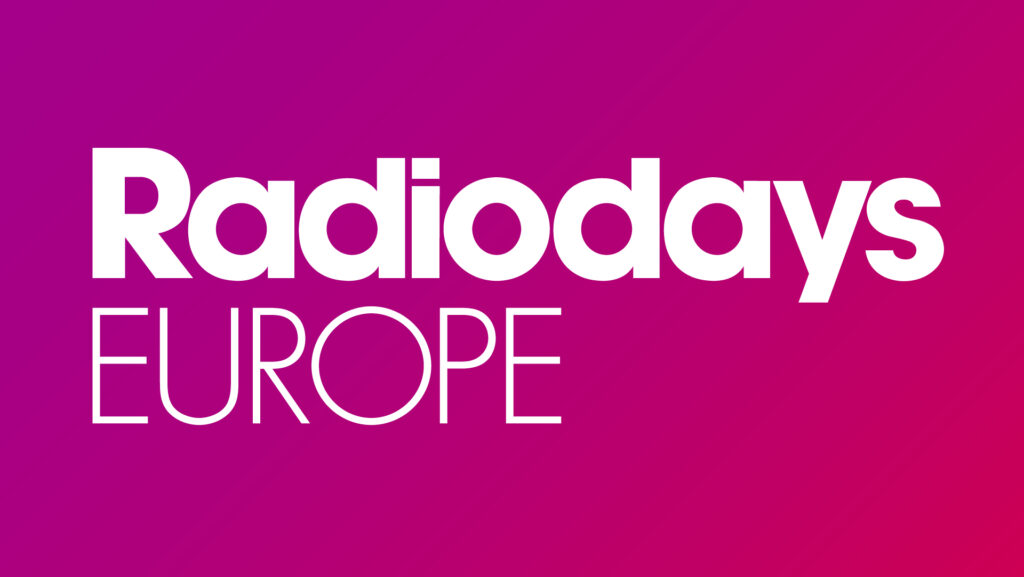“Sound effects or sudden voice changes can cause more attention of the audience,” says Robert Potter, Professor and Director of the Institute for Communication Research at Indiana University. He has done a lot of research on how people engage with audio and how they remember what they hear.
Radio Producers: Change, vary, take turns
Potter found out, that listeners pay automatic attention for a brief time, after jingles and other production effects come up in the programme. So, for deeper engagement of listeners reports or commercials should vary after a certain amount of time. Jingles and voices should change after being repeated up to five times to avoid that the listener gets habituated to the sound effects. The attention curve would be falling again.
Potter recommends using more than one announcer in any radio production, but with only slightly different vocal characteristic. “Not many people are focused listeners”, Potter carries out. Usually they listen to the radio while doing another activity. “When someone is texting a message while listening to the radio, automatic attention to jingles or other effects do not seem to habituate.” Good news for producers, because they don’t have to put too much effort in using different sound effects.
Trained or non-so-trained voices?
The test subjects in Robert Potter’s laboratory were all listening to professional radio speakers. So, me being a student I was wondering: Would it be different when they had listened to non-professional announcers? And could a non-professional voice on air sound even unpleasant for them? No, says Potter: “Just because a student has a different voice, people would automatically pay attention to you right afterwards. That has to do with you being different, not with your ‘unprofessional voice’. Not traditional sounding makes people paying more attention.”
Two types of attention
Depending on the situation, different types of attention occur. ‘Controlled attention’ happens when students are sitting in a lecture, paying attention to the professor. All are in a planned situation, the professor is in full control of his listener’s attention. The other type is so called ‘automatic attention’, which is relevant for radio stations and its presenters, editors and reporters. Automatic attention is a quick and evolved response to something which is new in our environment.
Tracking listener’s heart beats
Automatic attention can be measured by tracking the heart rhythm of listeners. In a calm situation without anything unusual, the heart rate of a human being shows a regular pattern. A sudden new sound or some movement in the environment causes the heart to slow down for a moment, which indicates enhanced attention.
For radio broadcasting that means, any kind of change in reporting makes it also more interesting for the audience. Taking turns and speaking, changing music and jingles, or even the occasional silence will get the attention of the listeners automatically. As a result, listeners recall more of the content better.
By Ornella Wächter, journalism student, FH Wien

